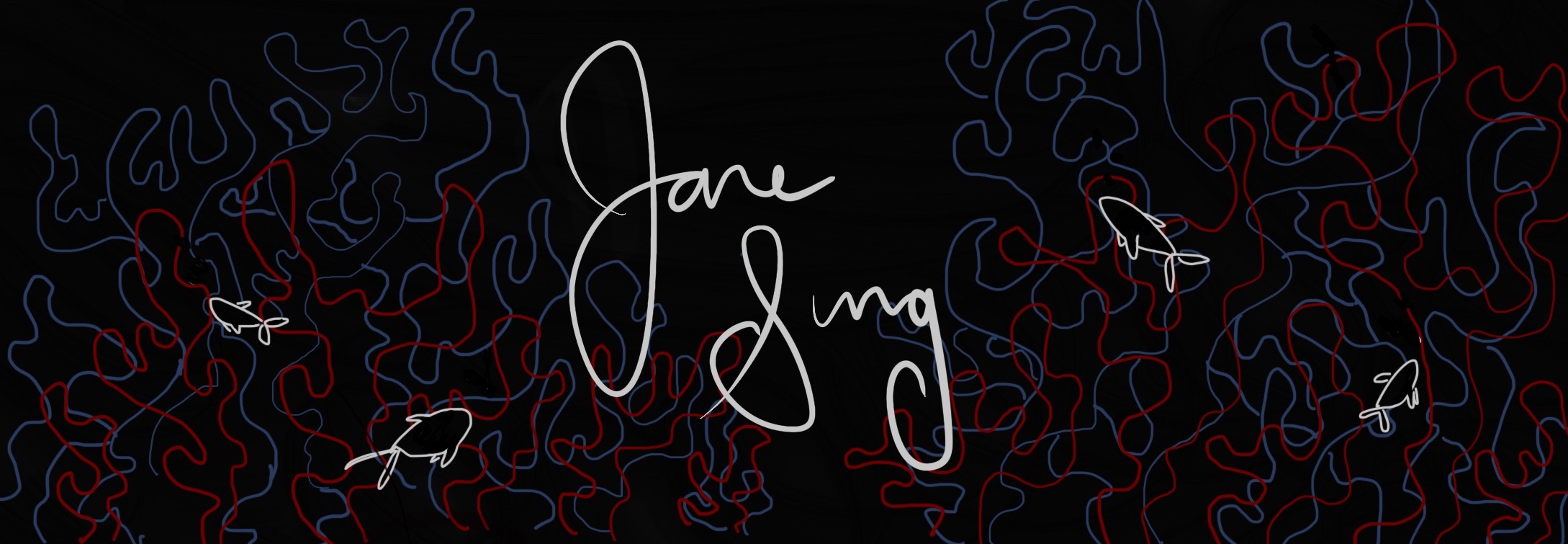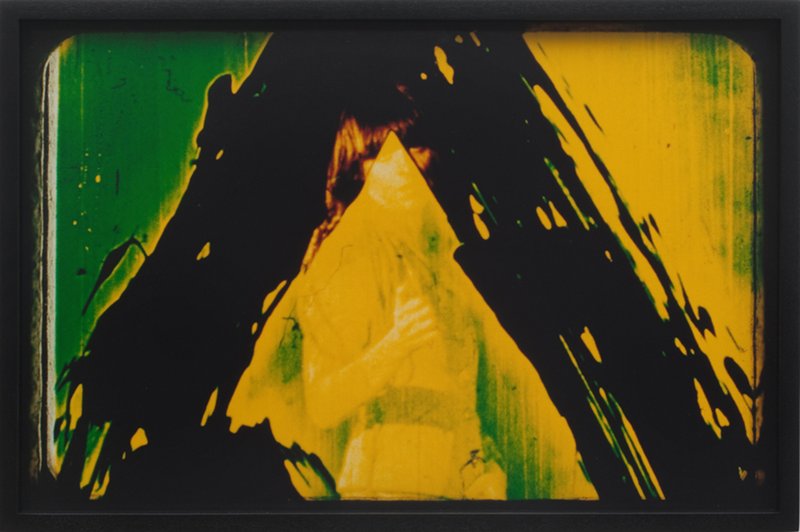Bridge 3: Multiple Perspectives
Assignment:
I was assigned to choose a piece of artwork from the New Museum exhibition, “Trigger: Gender as a Tool and as a Weapon,” and show how it speaks to one of the following axioms from Sedgwick’s “Gosh Boy George…”:
- “Sometimes masculinity has got nothing do with [men]…And when something is about masculinity, it is not always ‘about men.’”
- “Masculinity and femininity are in many respects orthogonal to each other…that is, instead of being at opposite poles of the same axis, they are actually in different, perpendicular dimensions, and therefore are independently variable.”
- “Masculinity and femininity are threshold effects…[i.e.] places where quantitative increments along one dimension can suddenly appear as qualitative differences somewhere else on the map entirely.”
- “In masculinity/femininity, a dynamic of self-recognition mediates between essentialism and free play.”
Museum Observation:
Essay:
Walking into the dark room where Mariah Garnett’s Encounters I may or May Not Have Had With Peter Berlin is exhibited, I am met with flashing, turning lights projected from a disco ball. Initially, I think it is fun albeit a bit disorienting, with disco and nightlife perhaps having something to do with gender and identity. However, as I walk closer to further inspect the brightly colored refractions of the disco ball, I see flashes of a pelvis. Stepping back, I am able to see that the circles of film create the image of a woman in underwear. She poses and moves in front of the camera seductively, though the animations that flash over the images obscure my view from parts of her body.
In this piece, filmmaker and artist, Mariah Garnett, takes on the image and persona of Peter Berlin, an iconic gay sex symbol of the 70s. She makes his signature blonde pageboy haircut and flamboyant outfits her own as she poses suggestively for the camera. The art installation itself however, does most of the seduction as the figure is broken up by the different projected refractions from the disco ball. The flashes of cut images of Mariah as they come in and out of view, tease the viewer, making them step back to clearly see and identify the body. The erotic nature of the mind fills in the gaps, as each individual’s minds imagine what they want or expect to see. The piece interacts with not only the perspective of Peter Berlin, but of her take on Berlin and queer identity, as well as the viewer’s visual and social perspective of the art piece and what they can make of it.
Through her art installation, Mariah Garnett bridges multiple perspectives of one’s identity. She conveys the idea that though others may place labels, being aware of one’s own actions and their intentions is the ultimate factor in understanding the meaning of one’s self identity. Her artwork supports the ideas of American scholar and theorist, Eve Kosofsky Sedgwick. Sedgwick explored the fields of gender studies and queer theory, and stated that “in masculinity/femininity, a dynamic of self-recognition mediates between essentialism and free play.” She means that one’s identity is constantly fluctuating and morphing between the permanent biological factors and the ways in which we choose to act and present ourselves. In her portrayal of Peter Berlin, Garnett locates the purpose and meaning behind the actions of not only Berlin’s, but of herself and makes viewers question their own actions and reactions to the piece.
Berlin not only created gay erotic films, but he was also a designer and knew how he wanted to present himself. He was aware of what reaction his provocative dress would get him especially in a time when queer culture was not fully accepted in society. Many who do not seem to fit into the mold of society “struggle to continue the adventure of recognizing [themselves] and being recognized in these problematic femininities and masculinities that constitute [them] and that [they], in turn, constitute.” Sedgwick contends that though society places certain restrictions around certain groups of people, they must make every action bold and deliberate, so that they may control the meaning behind these labels rather than the other way around. Berlin seemed to understand this and the social constraints and expectations put around men, let alone gay men. He purposefully pushed these boundaries, each outfit, photo, and action, deliberate and forceful. These made him an icon, and for people like Garnett, an idol.
Just as his persona and image were carefully crafted, Garnett adopted his identity so that she may perhaps come to understand her own identity. Though not a male, she shared part of her identity with Berlin, coming from the queer community. Through her artwork, she communicates and exchanges understanding with Berlin and those who look up to him, even though though there is no direct contact or communication. Her appreciation turns to imitation as she copies white fringe jacket and swaggering yet flamboyant movements of the body, while exposing herself with confidence just as he did. Through this act, she approaches identity with the same assurance and confidence in her body. American philosopher and gender theorist, Judith Butler, states that “gender identity is a performative accomplishment compelled by social sanction and taboo.” Essentially, identity is created through repeated actions of the body. And by Garnett’s repetitive acts of the body in taking on Berlin’s persona, she is aware of every move and every part of her body that becomes a spectacle for the closely watching audience. She makes her actions deliberate, giving thought and therefore understanding to their purpose and meaning to her identity. In this sense, she is able to connect with and understand Berlin’s actions, her actions, and the actions of the queer community.
Another way Garnett controls the way she is perceived as someone in a female body, is through the way her image is available to the audience. In modern media, women are sexualized and their bodies are used to sell products, sex, and expectations. Though she is confident in her own body and sexuality, she obscures it from the direct gaze of the viewer. The acts might seem sensual and borderline pornographic, but she doesn’t allow the audience full privilege to see the entirety of her body. She understands that media and society have perpetuated the idea that a woman’s body is up for availability, but by deliberately obscuring the gaze, she sees herself as the controller of her own body. Some things are meant for herself, just as in terms of identity, not all things have to be explained and made clear to others. Through her performance, Garnett is able to shift, change, and exaggerate parts of her identity in order to receive a certain reaction from the audience. By hiding certain parts through cuts, flashes, and drawn over animations, she manipulates the gaze and controls what the viewer can see and how they must move to understand the piece. In a larger scope of things, people must get to know something and try to gain multiple perspectives in order to truly understand something or someone before they label through quick and narrow judgements.
Through this exchange between herself and Berlin and the audience, Mariah Garnett pays tribute to the fearless icons of the past while locating her own identity and place in the queer art world and community.
Reflection:
I think I had a bit more difficulty constructing an organized essay in the beginning of the process of writing it because I did not have a clear thesis to begin with. However, I think more brainstorming and organization was needed before I decided to delve in it. It goes to show how preparation and the slow process before actually writing a final draft is vital. I will take this with me to my other writing assignment, and also my other creative projects.





